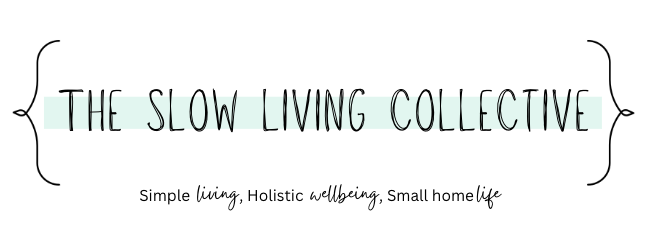Don’t let the small size of your balcony keep you from growing your own vegetables and trying balcony gardening. In this post we will show you the best vegetables to grow on a balcony, how to prepare your balcony for a vegetable garden, and what kind of maintenance you need to do to ensure your balcony garden is productive and healthy.
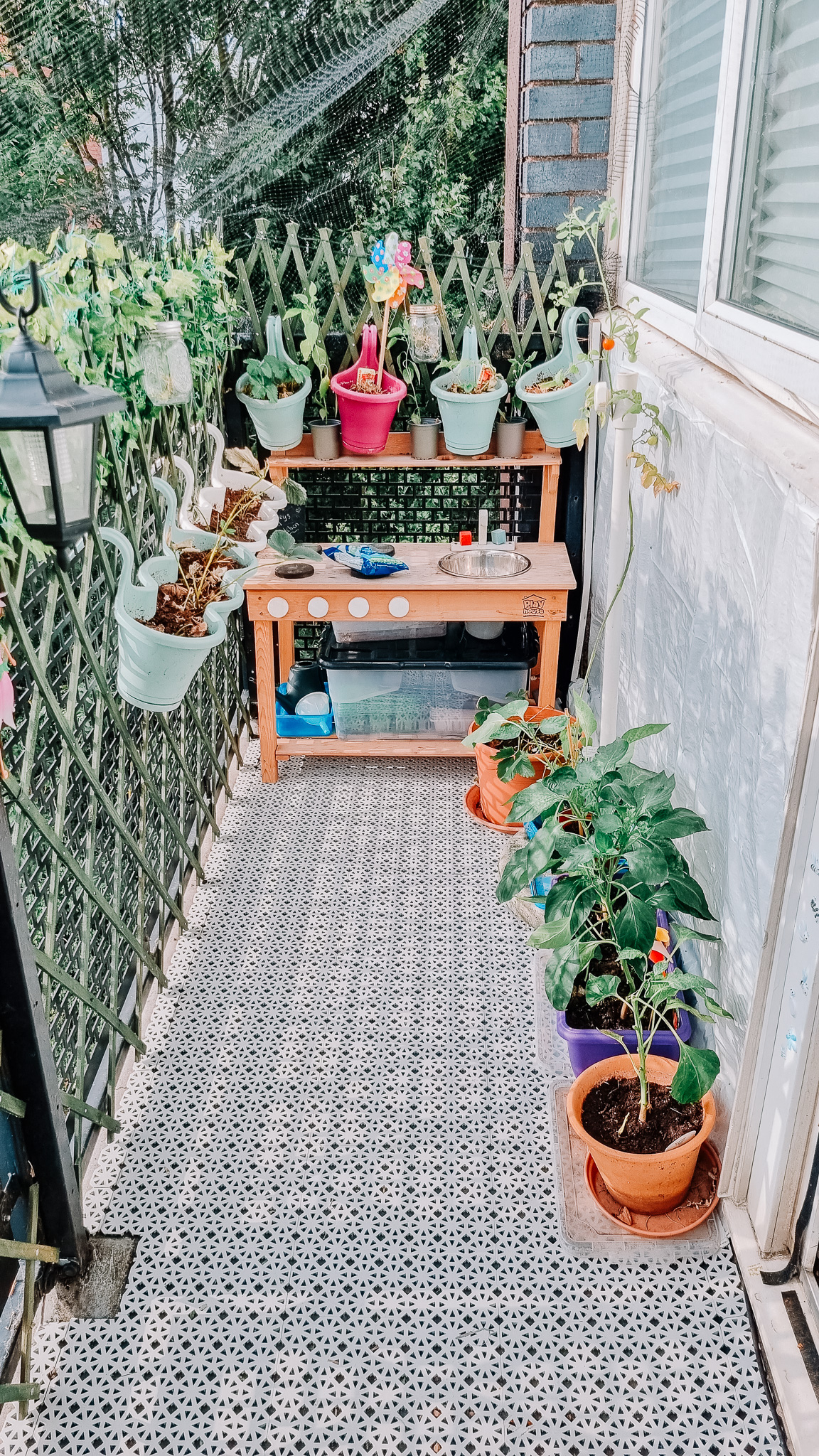
Listen to the episode on Apple Podcasts | Listen to the episode on Spotify
If you live in a flat or apartment with limited outdoor space, you don’t have to settle for a bland or boring balcony. Transform your balcony into a vibrant oasis and grow your own vegetables with balcony gardening! Balcony gardening is easy and efficient, allowing you to fill your balcony with delicious fruits and vegetables in no time. In this article, you’ll learn about the basics of balcony gardening, from choosing the right plants to creating a secure and efficient setup. Plus, we’ll share some great tips and tricks to help you get started and make the most of your balcony garden. With some creativity, commitment and a little bit of know-how, you can create a balcony garden that you can be proud of.
Welcome to my balcony garden
Gardening can be a fun, rewarding activity for those looking to get started growing their own vegetables. Balcony gardens are a great way to optimise the space you have, especially in cities, flats and apartments. Growing your own food is an easy way to reduce your carbon footprint and add fresh organic produce to your diet.
It’s hard to imagine that you can grow much on a balcony to make a difference, but you absolutely can. Every single piece of produce you are able to grow can go some way towards helping to feed your family. While you might not be able to achieve self-sufficiency on a balcony alone, I think you will be surprised to find out just how much is possible in a small balcony space.
This post will provide step-by-step instructions on how to design and maintain a successful balcony garden.
Selecting the Perfect Pots: What to Look for in Containers and Pots
When it comes to selecting the perfect pots for your balcony garden, the possibilities are practically endless. You can choose from a wide variety of materials, sizes, shapes, and colours to make your balcony come alive. I am a big fan of making my balcony as colourful as possible too, so all the thumbs up here for anything that brings colour to my little oasis.
You can consider going for terracotta planters that are both classic and elegant, plastic planters for those on a budget, or wooden planters if you want to add texture and richness to your outdoor space. You can also choose to mix different materials and create a unique look that reflects your individual style.
There are so many different kinds of containers and pots that you can use when gardening in a small space, such as a balcony, so let me share what has worked for me.
Hanging pots:
Utilising the space I have on the balcony has always been a huge deal to me so the pots that you can hang over your balcony, either outwards or inwards, have been great for me. These pots enable you to grow a decent amount of produce and/or plants and utilise the space you have available. Our balcony construction includes a metal railing which means I can hang these pots over the top rail but also lower too, almost creating a wall of produce. These rattan planters also work great on a balcony too.
Obviously the pots that are lower are more shaded so it’s worth rotating these to ensure everything gets adequate sunlight, or plant produce that doesn’t need as much sun lower down.
Large floor pots:
As well as utilising the upward space on our balcony I also ensure the floor space is used as well and for that I use a multitude of larger pots that I have gathered over the years. When it comes to things on the floor I always make sure I stand it in some kind of container or saucer to ensure I catch any water upon watering. These saucers are great to stick under any pot with holes to catch the excess. This not only helps the roots soak up water when it needs to but ensure that any water doesn’t drip off the edge of the balcony onto our neighbours below. Trust me, I accidentally watered my neighbour once!
Plant Selection: Choosing the Right Plants for Your Balcony Garden
When it comes to what you can grow in your balcony garden I always like to say that the sky is the limit. Honestly, I really don’t love the idea of limiting myself when it comes to what you can grow in a small space. While it might not be possible to grow everything, and maybe not in the volume that you might do in a ground garden, I think you will be surprised to realise there is so much you can do in a small space.
My favourite things to grow on our balcony have to be herbs and I opt to grow these on our balcony over at our allotment, mainly because of their location to our kitchen. I love to be able to pull herbs from a plant and be able to put them straight into whatever we are cooking. This wouldn’t be so easy if we were bringing it home from the allotment. If you’re growing on balcony you might find herbs a great starter crop. You can utilise the idea of a kitchen garden and you will be able to create delicious meals with the freshest of fresh ingredients.
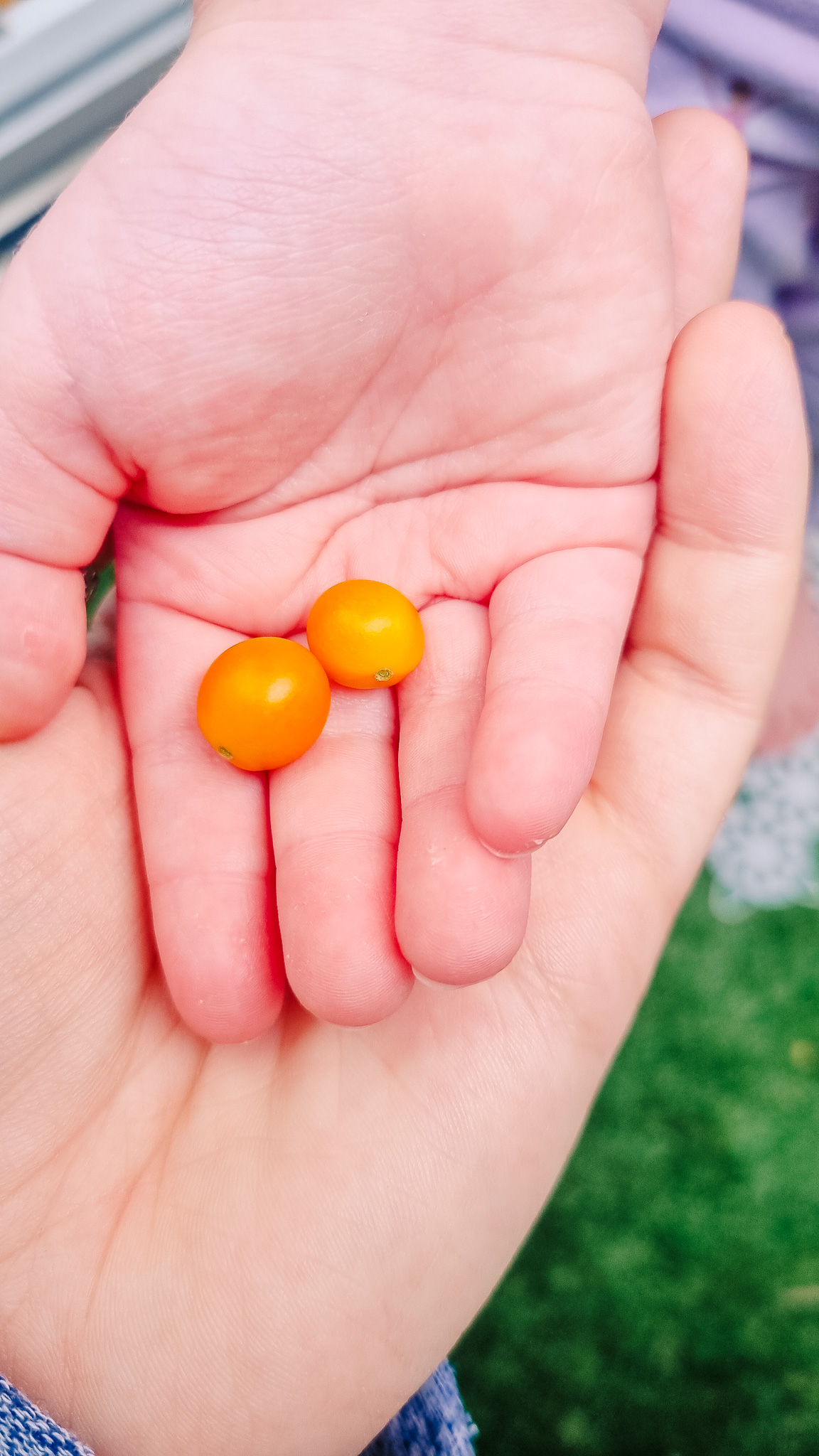
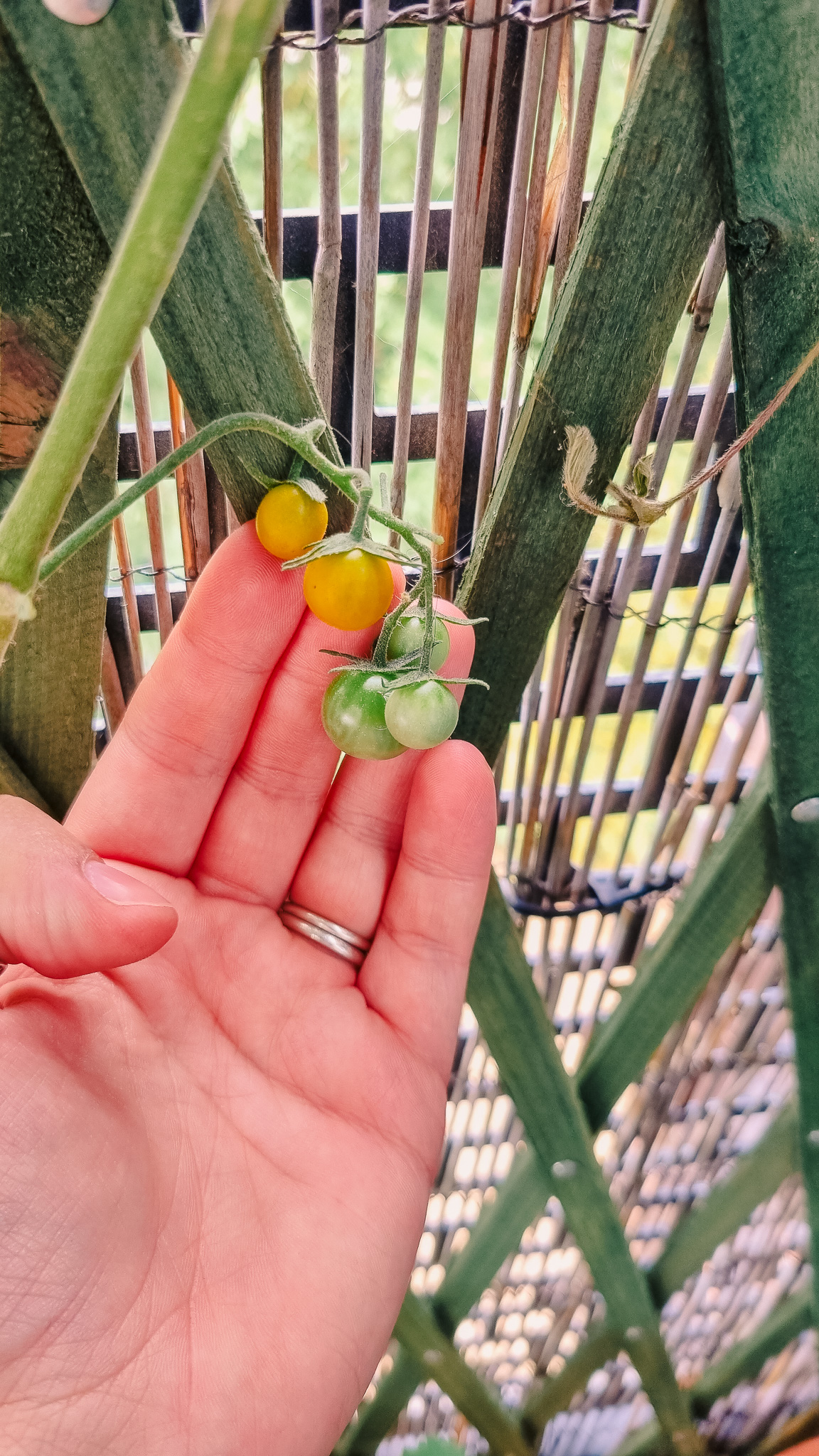
The salad garden is another great option for balcony gardening and can include things like lettuce, cucumbers and tomatoes. Tomatoes are great to grow in pots and on patios, in fact you will find that there are varieties which work better than others. Small cherry tomato varieties are a great option for balcony gardens and whether you purchase plants or grow from seed these are perfect to pick fresh and pop in your salad.
I have also had great success with lettuce, both little gem and salad bowl leaves. These can work great in containers and have used hanging container pots to grow mine.
Cucumbers are also good, especially if like me you have a south-facing balcony because cucumbers really like the heat. I always seem to find cucumbers a little finicky to grow from seed, as gardeners we all have our one nemesis and cucumbers are mine. However, I am determined to keep trying. All you need for a cucumber plant on your balcony is patience, time, the ability to water it enough but not too much and then also some trellis or a bamboo cane to tie it too.
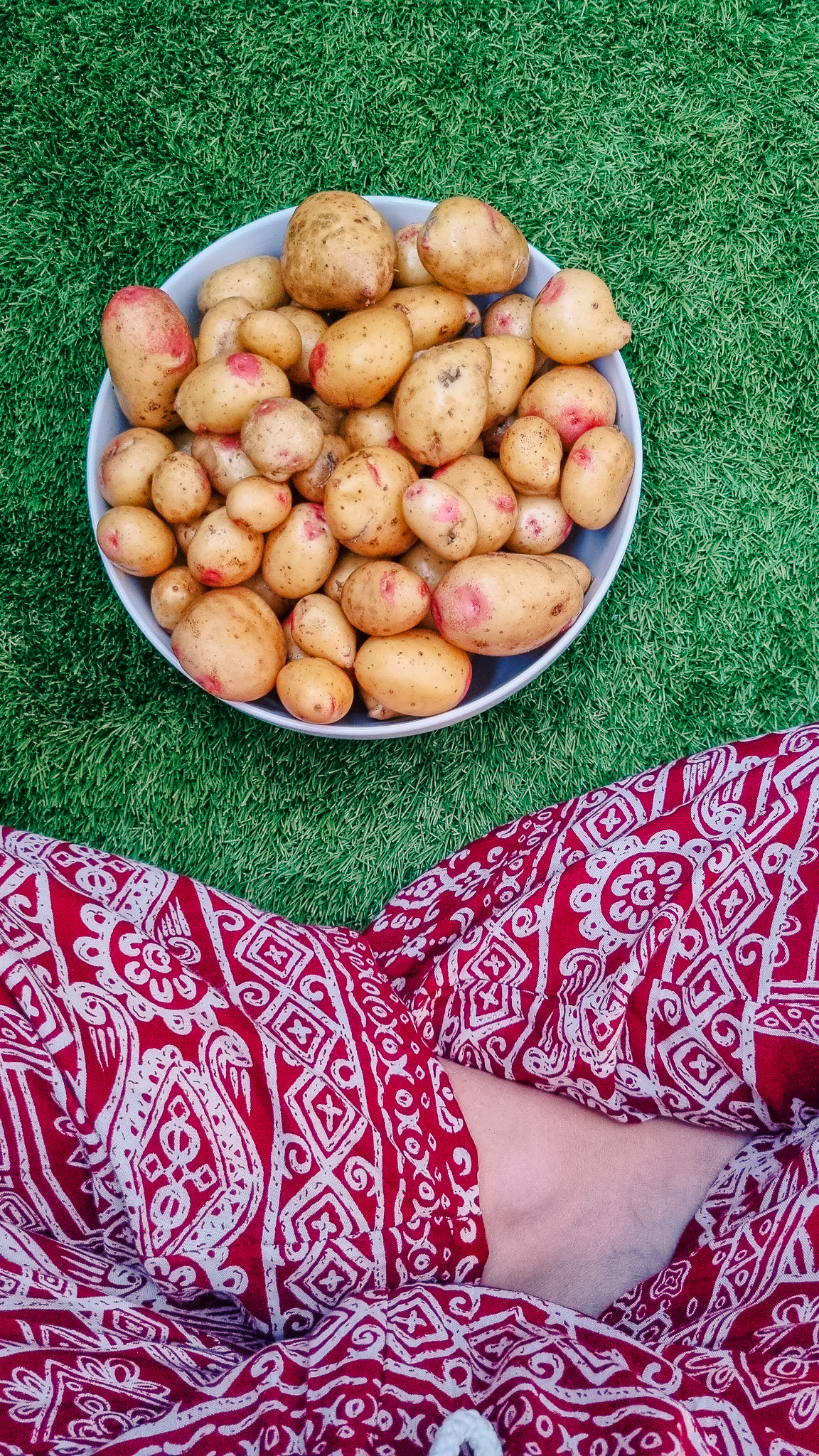
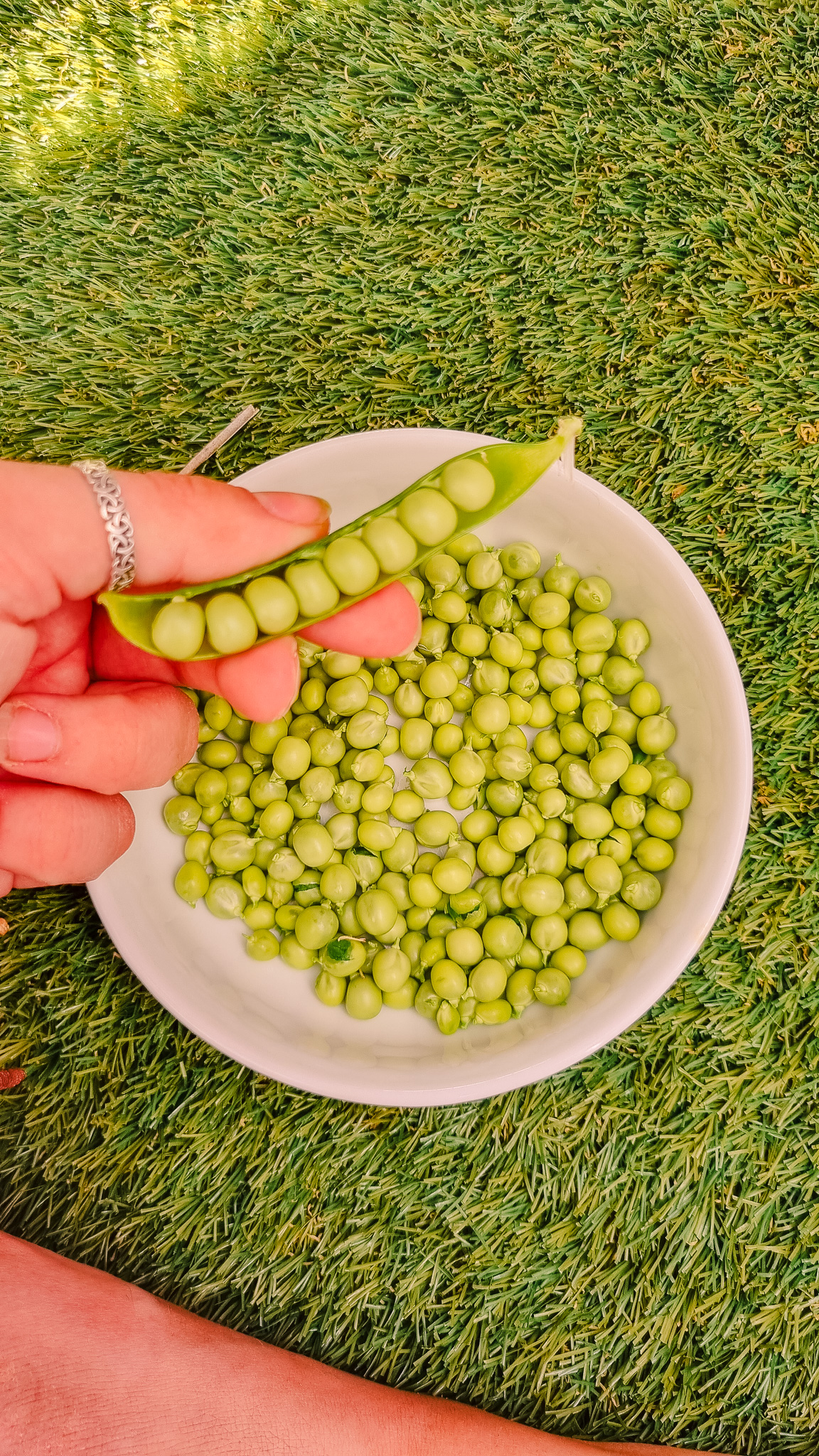
Other vegetables I have grown successfully on my balcony include: Peppers, Pea’s, Beetroot, Radishes, Runner Beans and Potatoes.
If there is one fruit plant that is absolutely perfect for balcony gardening it is the mighty strawberry. I love growing strawberries on my balcony and it’s definitely something I do year after year. If you do nothing else on a balcony, strawberries are a wonderful addition and also a great way to start learning how to garden on your balcony. If you want to try more fruit on the balcony other than strawberries check out some patio fruit trees and see if you can find something small that will work for you.
Balcony Garden Maintenance: Tips and Tricks to Keeping Your Plants Healthy
Keeping your plants healthy on a balcony is much the same as in a regular garden, with a few minor adjustments. In order to keep your plants in top condition, it’s important to give them the care they need. Make sure to water them regularly, and this is especially important on a balcony. Plants that grow in plots can dry out much quicker than those in the ground because they are unable to reach their roots further for water. Therefore it is important to keep your balcony plants watered.
Also, it is important to use the right type of soil for optimal growth. Prune them when necessary, and always use gloves when doing so to protect your hands and the leaves of the plants. Monitor for any pests and use natural methods to get rid of them whenever possible. Make sure to give your plants adequate sunlight but be sure to monitor whether they are in direct sunlight all day and take care of accordingly.
Finally, don’t forget to fertilize your plants to provide them with the nutrients they need to thrive. With these tips in mind, you’ll be able to keep your beloved balcony plants looking healthy and vibrant all year round.
Creative Solutions: Ideas for Making the Most of Your Balcony Garden
When it comes to creating your own little garden paradise on your balcony there are many ways you can make the most out of it. Space is obviously at a premium when it comes to growing on the balcony and if you’re anything like me you will want to balance using the space for growing, space for the kids to play and also space for you to enjoy. Here are a few tips for making the most out of the space you have when it comes to growing.
- Use vertical space where possible.
- Containers on the floor in dishes.
- Be sure to keep everything hydrated.
- Only plant things that you know you like and will eat. Space is at a premium.
- Get yourself a chair and be sure to sit out there and enjoy it all growing around you.


Growing a balcony garden is a great way to be creative, sustainable, and to reap the rewards of fresh vegetables. Balcony gardens can be tailored to whatever space or budget constraints you have, and require just a bit of effort to maintain. Remember to keep in mind the size and weight of the pots you choose, select plants that will bring sun and shade to the space, maintain the plants regularly, and think outside the box for creative solutions. With these tips and tricks for balcony gardening, you can have a beautiful and bountiful garden in no time.
If you’re looking to get inspiration for your own balcony garden, share your gardening successes, or simply find out more about starting a balcony garden, come and follow me over on Instagram where I share my balcony and allotment gardening, and let’s start growing together.
